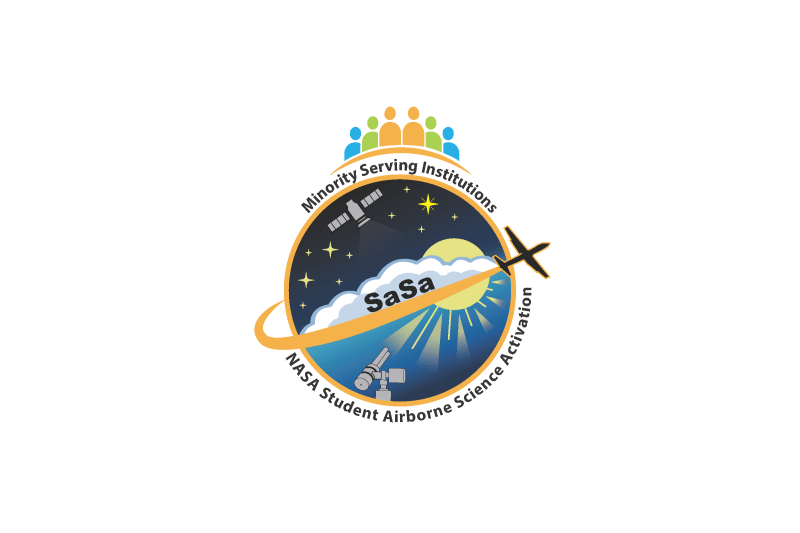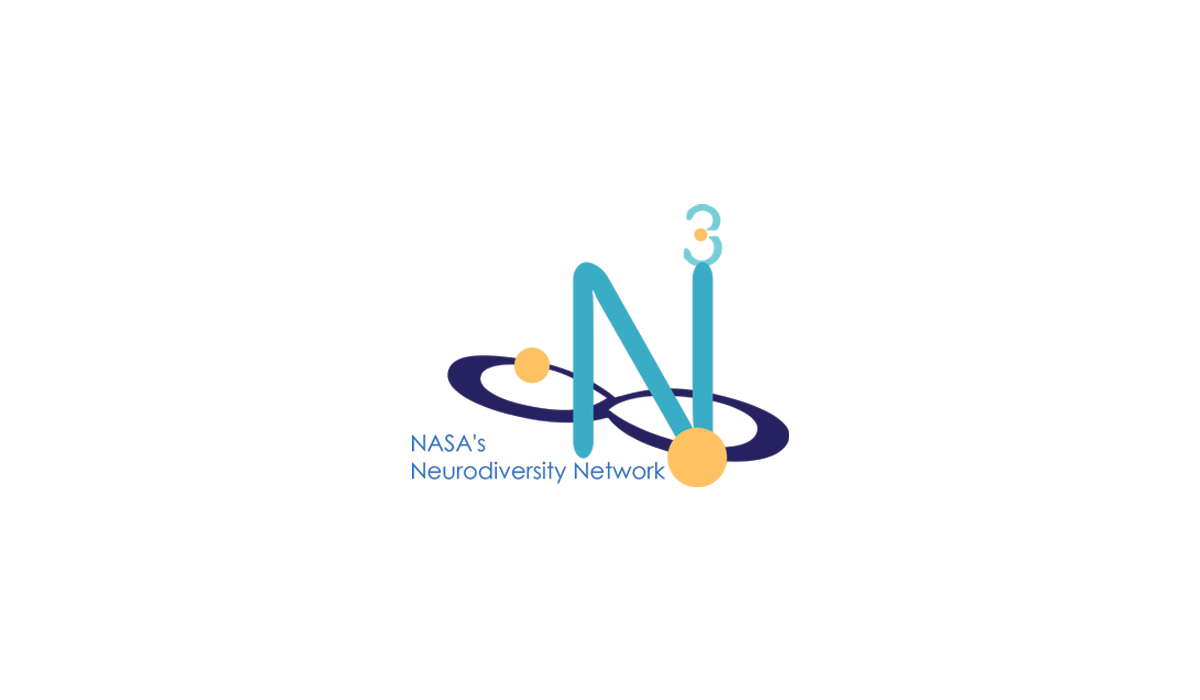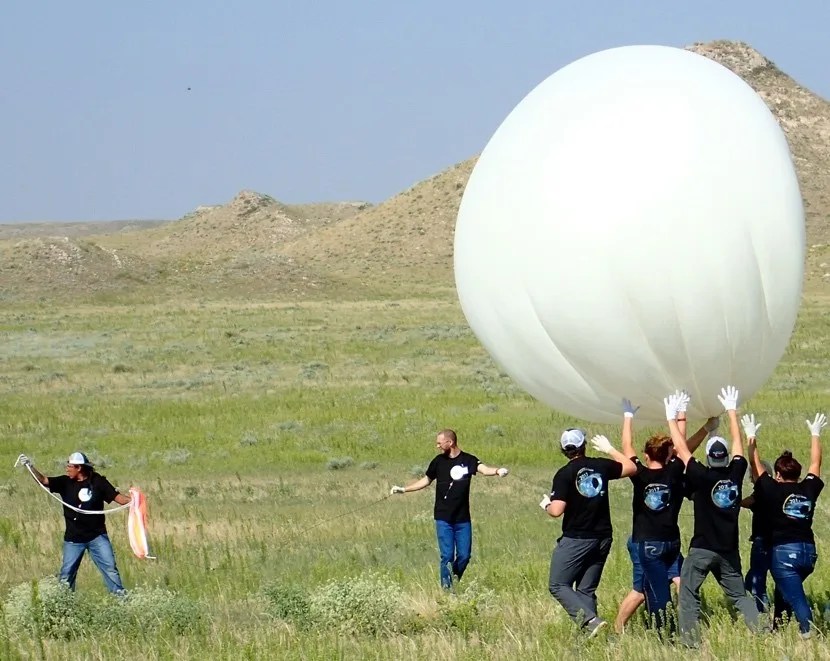Student Airborne Science Activation for MSI
This historical content may contain outdated information or references that may not reflect current policy or programs.
Engaging students at minority-serving institutions in NASA-related airborne campaigns.
Team Mission
In the last 40 years, the minority representation in geosciences (comprised of ocean, atmosphere and earth sciences) has remained relatively low despite its increase in the proportion in the US population. The lack of ethnic and racial diversity among geoscientists is clearly reflected in the NASA workforce, especially in Earth science. This indicates that there is a desperate need for improvements in: (1) increasing the number of STEM degrees from Minority Serving Institutions (MSIs), and (2) preparing students from MSIs to enter the STEM workforce. If we want to broaden the ethnic and racial diversity of scientists, we first need graduates who can fill the positions.
This project seeks to address this need through the Science Mission Directorate Science Activation program, which connects NASA science experts, real content, and experiences with community leaders to do science in ways that activate minds and promote understanding. Specifically, the SciAct 2.0 (2021-2025) is seeking proposals that create a process to “broaden participation of under-represented and under-served learners in order to maximize participation in advancement of knowledge.”
There is no better way to achieve this goal than engaging students through NASA-related airborne campaigns, which can excite and inspire them. Providing authentic engagement to students promises to raise the profile of the geoscience departments in MSIs among the relevant academic, research, and local communities. This will raise the science literacy in minority institutions and align them perfectly with one of the primary SciAct objectives: Improve U.S. Scientific Literacy.
Specific objectives include:
- Create a student geoscience learning ecosystem to enable effective student engagement with NASA scientists & engineers, academic advisors, peers, and the local communities.
- Provide students with new skills to work with NASA science equipment and real data from field/airborne campaigns and satellites.
- Provide students with problem-solving skills in the areas of instrument development, operation, and mathematical tools and methods to analyze field data.
We will demonstrate that objectives (2) and (3) are met by collecting certain artifacts from the students (such as posters, papers, summative exams and interviews) to show that they have used remote sensing/satellite imagery in disaster monitoring.
To achieve these objectives, 25 students annually (years 2-5) will be recruited to the SaSa project from MSIs to participate in an intensive eight-week summer airborne experience. This program will have three main modules. Module-1 will include, (a) an introductory two-week summer workshop at the University of Maryland, Baltimore County and Howard University Beltsville Campus research facility, immediately followed by, (b) a one-week, hands-on training on remote sensing/satellite application to disasters using the Direct Broadcast System antenna Receiving and Data Analyses System at Hampton University. In Module 2, students will participate in a three-week field deployment out of the NASA Wallops Flight Facility, where participants will be involved in all aspects of a scientific field campaign, from detailed planning of how to achieve mission objectives to instrument integration and flying on a NASA aircraft and assisting in the operation of instruments to field validation at selected sites. Finally, Module 3 will be focused on processing and analyzing the collected field data and presenting early results to peers and other stakeholders. Students will receive academic advisement and mentorship support by the participating scientists to help improve retention and assure timely progress to graduation.
Our team is highly qualified and includes two NASA centers, an independent professional evaluator, and six MSIs in Maryalnd, Virginia, and Washington DC, which are the leading producers of African American and Latino students in STEM disciplines.





























